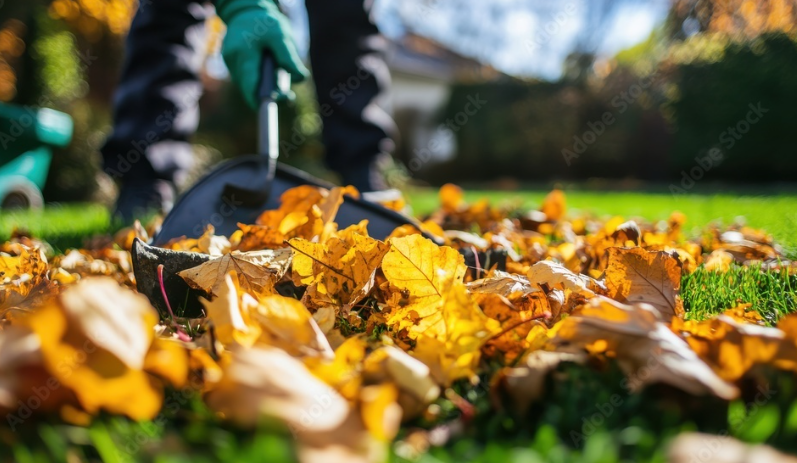
Watering Wisdom: Best Practices for a Thirst-Quenching Lawn Care Routine Oct 25, 2025
The foundation of a thriving lawn is understanding its unique needs. Grasses, like any plant, require the right amount of moisture to grow. Water too little, and the grass will dry out; water too much, and you risk suffocating the roots. The key is knowing your lawn type, soil composition, and local climate. Cool-season grasses like Kentucky bluegrass have different watering requirements than warm-season varieties such as Bermuda grass. Additionally, sandy soils drain water quickly, while clay soils retain moisture longer. Tailoring your watering approach to these factors ensures your lawn stays both healthy and resilient.
Timing is critical to effective lawn watering. The best time to water is early in the morning, ideally before 10 a.m. This allows water to soak into the soil and reach the roots before the heat of the day causes evaporation. Evening watering should be avoided as it can lead to prolonged moisture on the grass blades, encouraging fungal diseases. Setting a routine morning watering schedule can help maintain moisture levels most conducive to growth.
Another crucial aspect is the depth of watering. Aim to water your lawn deeply and less frequently. This encourages roots to grow deeper into the soil, making the grass more drought-resistant and hardy. Typically, lawns need about an inch of water per week, including rainfall. Investing in a rain gauge can help you measure how much water your lawn is getting and adjust your sprinkler system accordingly. When using sprinklers, ensure they provide even coverage to avoid dry patches. Inconsistencies in water distribution can lead to uneven growth, affecting the overall appearance and health of your lawn.
Mindful water management not only benefits your lawn but also the environment. Conserving water is possible by using smart irrigation systems that adjust watering schedules based on weather forecasts and soil moisture levels. These systems help reduce water waste and can lead to significant savings on utility bills. Embracing technology in lawn care enhances efficiency without compromising the quality of results.
Regularly checking your lawn for signs of under or over-watering can also help. Signs of underwatering include footprints remaining visible on the grass long after being made, or the turf feeling stiff and dry. Conversely, over-watered lawns may hold moisture for too long, leading to a squishy feel underfoot and potential fungal growth. Adjusting your watering strategy in response to these signs promotes a healthy and vibrant lawn throughout the growing season.
At Perfect Lawn Solutions LLC, we're committed to empowering homeowners with the knowledge to maintain their lawns effortlessly. A well-watered lawn not only enhances curb appeal but also creates an inviting outdoor space for family and friends. By following these watering best practices, your grass will not only survive but thrive, giving you the verdant lawn you've always envisioned.
Whether you're refreshing your existing routine or just starting, remember that a little watering wisdom goes a long way in nurturing both your lawn and your peace of mind. For more guidance and expert lawn care services, contact us and let us help you cultivate the perfect lawn.
/filters:no_upscale()/media/3200e1bc-e806-4c7f-9fa5-4d4c53b980d2.jpeg)
/filters:no_upscale()/filters:format(webp)/media/4c9ede5e-69dd-43b4-b917-b39ec5d2928a.png)